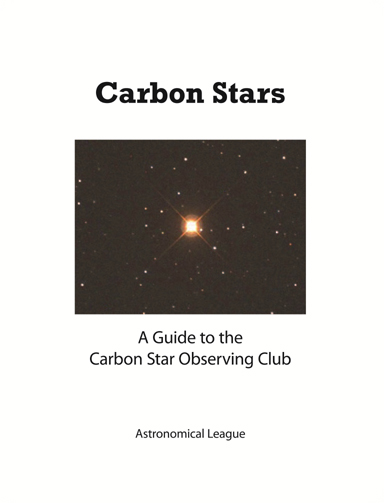ASTRONOMICAL LEAGUE ANNOUNCES TOP FINISHERS FOR JACK HORKHEIMER SERVICE AND JOURNALISM AWARDS
(Kansas City, MO)–The Astronomical League is pleased to announce the top finishers in the competition for its Jack Horkheimer Service and Journalism Awards. The Horkheimer Service Award competition is open to students under 19 and students 8-14 are eligible to apply for the Horkheimer Journalism Award. All top finishers in the Jack Horkheimer Award program receive $1,000 in addition to a beautiful award plaque recognizing their special accomplishments. More information may be found on the Astronomical League website test.astroleague.org.
The first-place winner of the 2012 Jack Horkheimer/Smith Award is Benjamin Palmer from Queensbury, New York. Since the age of nine, astronomy has been his passion. He applied for and was accepted as an intern at Dudley Observatory. While at Dudley he participated in many large and small outreach events, with his enthusiasm for astronomy carrying over into organizing star parties for local high schools and the 4-H club during this internship. Among his many activities, he is currently developing astronomy education software for classroom use and investigating the possibility of conducting virtual online star parties. He is a member of the Albany Area Amateur Astronomers, Inc.
Benjamin has won an expenses paid trip to the national convention of the Astronomical League, ALCon 2012, being held in Chicago, IL July 4-7, where he will be speaking about his astronomical experiences and receiving the award.
The first-place winner of the Jack Horkheimer/Parker Award is Samantha Carter who lives in Fairview, Texas. Samantha has been active in giving service to her astronomy club, the Texas Astronomical Society, and to the Texas Star Party, as well as coordinating astronomical activities for her own girls scout troop. Currently she is working on the Astronomical League Messier and Urban Observing Awards.
The first place winner of the Jack Horkheimer/O’Meara Journalism Award is Katelyn Skaer from Roswell, Georgia. Her award-winning essay is entitled “A Star is Born.” Katelyn is a member of the Atlanta Astronomy Club.
About the Astronomical League
The Astronomical League is the largest group of amateur astronomers in the world. Its membership numbers 15,000 from over 250 clubs and individuals. The mission for over 60 years has been to promote the science of astronomy by fostering astronomical education, by providing incentives for astronomical observation and research, and by assisting communication among amateur astronomical societies. The organization is a 501(c)(3) non-profit entity.






